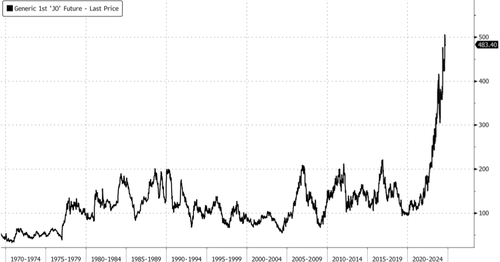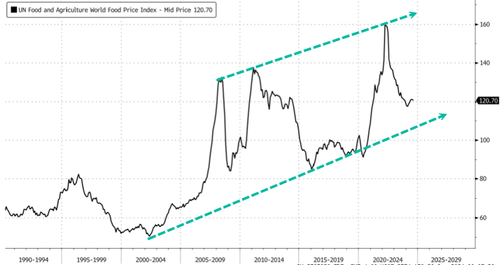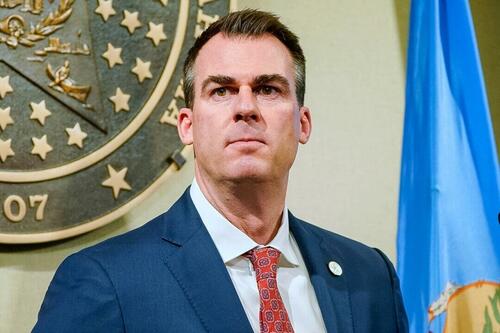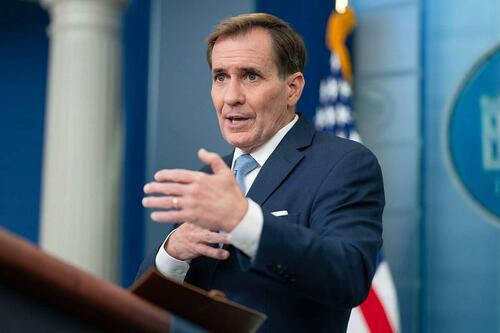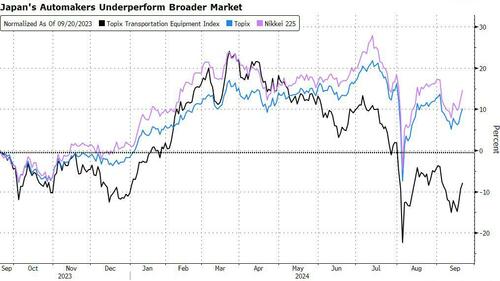Sugar Futures Erupt In Largest Weekly Gain In Years Amid “Unusual & Persistent Weather Events” In Brazil
Brazil’s Center for Natural Disaster Monitoring and Alerts has reported that drought conditions plague roughly 59% of the country, including vast areas of agricultural land. The severe drought has damaged several key commodity crops in the South American country, which is known as the world’s top exporter of soybeans, sugarcane, beef, coffee, corn, orange juice, and poultry.
Focusing on sugar markets, Bloomberg cited data from trader Wilmar International showing that droughts are expected to severely impact sugar production in the Center-South, Brazil’s central growing region. So far, the dismal crop forecasts have catapulted raw sugar futures in New York to the largest weekly gain in six years, nearly eclipsing those levels and hitting levels not seen since 2008.
Wilmar wrote on X that a series of unusual weather events have significantly impacted the sugarcane crop in the Center-South region. This has led to a downward revision of the crop estimate to 38.8-40.8 million tons, down from the initial 42 million tons.
*** Crop Revision in Brazil Center-South : 38.8-40.8 Mln tons ***
A series unusual and persistent weather events along the year lead us to largely revise our crop estimate for Brazil CS:
1. a significantly higher amount of bisada-cane (more than 20MMT) crushed in the first… pic.twitter.com/PnslEq3kGX
— Wilmar Sugar (@SugarWilmar) September 19, 2024
Mark Bowman, senior global market analyst at ADM Investor Services, told Bloomberg, “The diminishing outlook for Brazil’s Center-South production has been the key fundamental factor,” adding, “The dry conditions and the possibility of a drop in their production have been known for some time, but recent reports have accelerated the concerns.”
Concerns about lower production and tightening global supplies sent the most active raw sugar future contracts in New York up as much as 3.7%. It’s on track for a weekly gain of 18%, the highest weekly gain since the first week of 2018. This would be the second-largest weekly jump since August 2008.
Meanwhile, orange juice markets are running out of juice amid the worst drought in half a century. Prices are hyperinflating in New York.
Padilla said, “The smallest crop in 35 years, plus rising citrus greening disease, plus drought — it’s the perfect storm,” adding, “The market is really stressed.”
And this:
- “Unwelcome News” For Consumers: Ag Juggernaut Brazil’s Beef Supplies To Slide Amid Cattle Crunch In US
- Arabica Bean Hits 2011 Highs As Coffee Inflation Soars
Consumers around the world are haunted by food inflation.
Food inflation is sticky.
Tyler Durden
Fri, 09/20/2024 – 14:25
via ZeroHedge News https://ift.tt/zZs0AHi Tyler Durden

